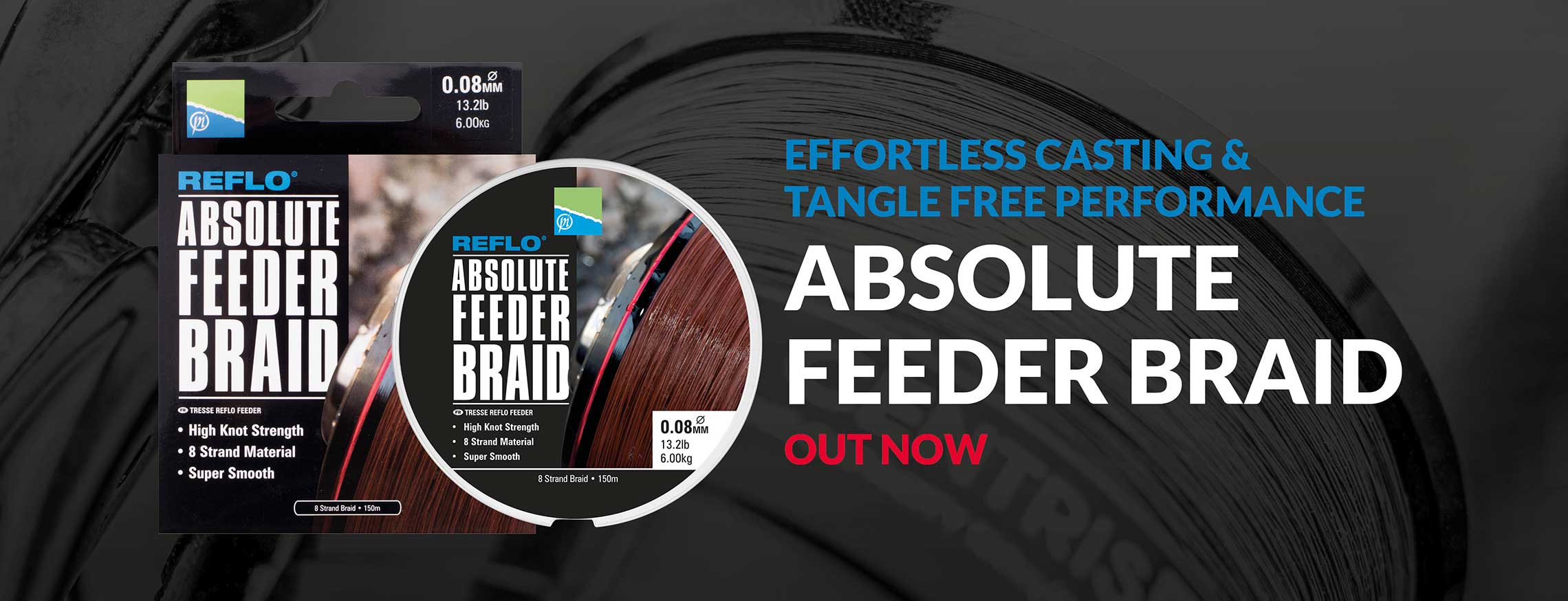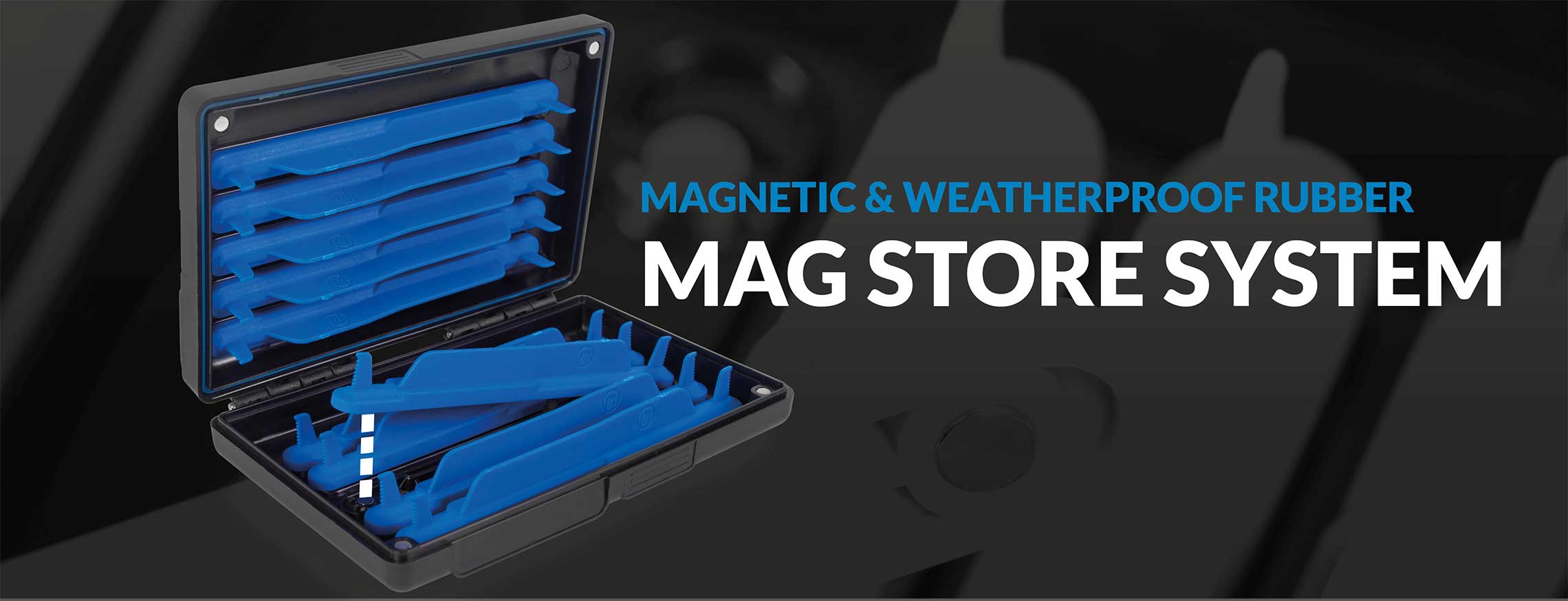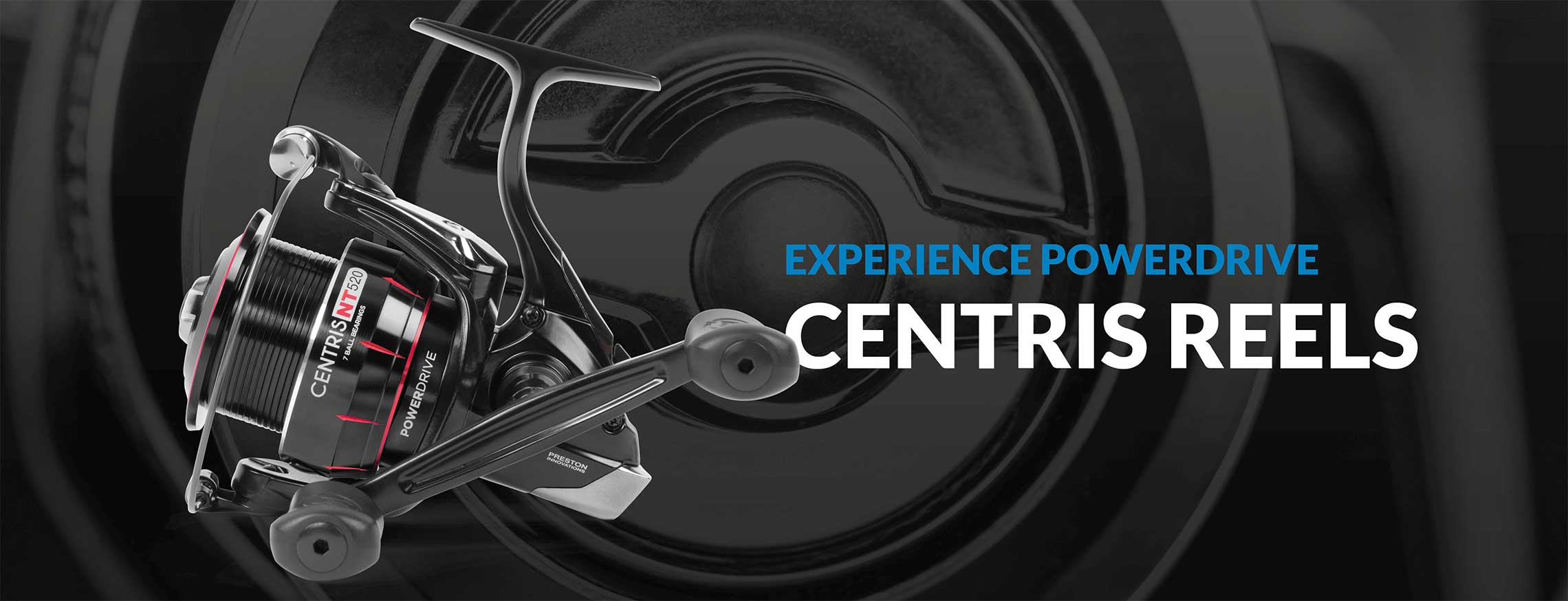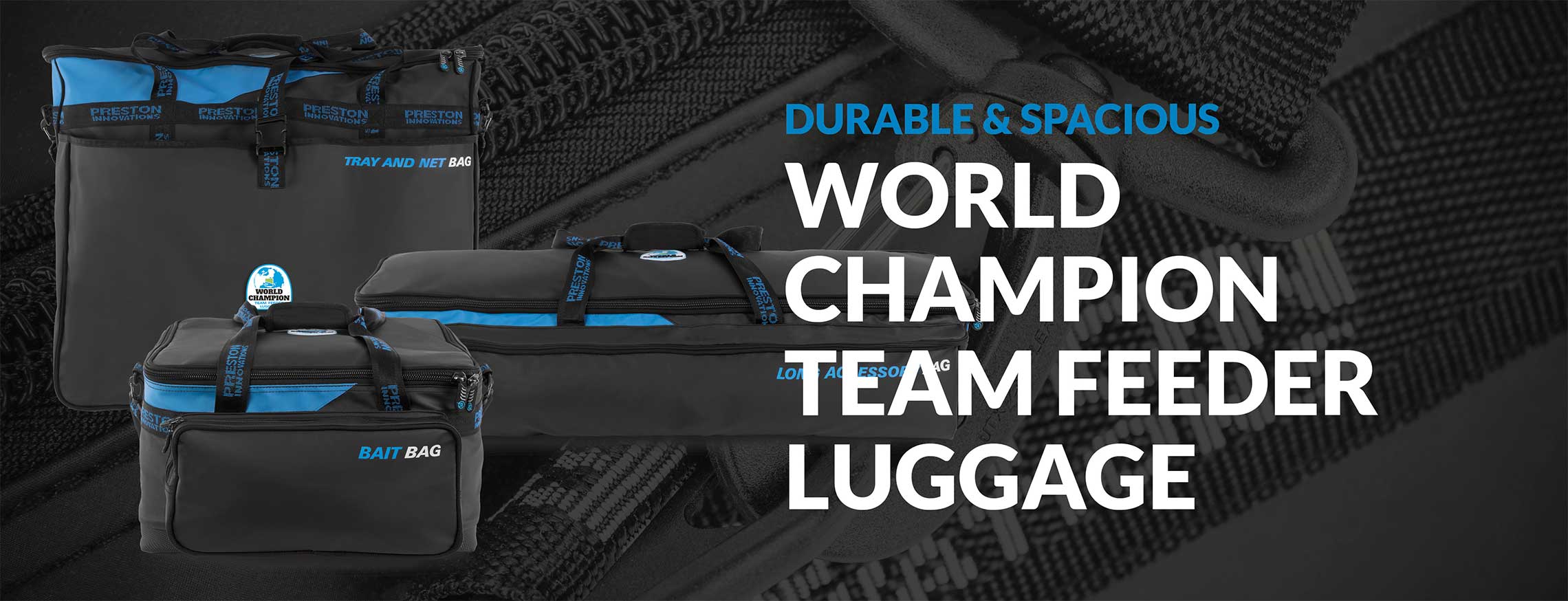Adam Wakelin With Roach
Share the Adam Wakelin With Roach article:
Partager
Adam Wakelin, the former White Acres Silver Fish Champion, lifts the lid on his way of catching roach on commercial fisheries.
When commercial fisheries took off and anglers discovered carp, the attendances at many ‘natural’ venues dropped. Part of that was because anglers could suddenly catch huge weights of carp, spend less on bait and park behind their pegs. At this point in my angling career the good old roach was forgotten by most anglers. Fortunately this is no longer the case and a few years ago many commercial fisheries started running silver-fish only matches when fishery owners and their anglers realised what awesome sport they were missing out on! As the years have passed, many commercial fisheries have used this to their advantage during the colder months to increase revenue. In doing so, many venues have recorded huge weights of just roach when the carp have switched off.
Consequentially, these often easy to catch fish have now started to get much more attention and that means they have started to shoal up and become very cute and susceptible to any slight change in weather.
Roach in commercial fisheries are now as wise and clever as the natural-venue ones were all those years ago because match anglers have realised what a major part they can play in catching a winning bag– and not just in the colder months. This is because at many places they are of a good average size and there are plenty of them. On a lot of venues it makes sense to target silvers at some point during a match because there often isn’t enough of the other species in front of you to win without them.
Methods And Baits
There are basically three methods that I use to catch roach on commercials: long pole shallow, top four or five in the margins and short pole on the drop.
I pretty much only ever use two baits, too; maggots and casters. Which I use normally depends on what weight I’m fishing for. If I’m expecting 10 to 15lb then I’ll use maggots because they are less selective, while for any target over that I will use casters every time.
You will also notice that wherever I fish for roach is where I can loose feed by hand or catapult. This is so that I can fish for other species while priming up these swims. My three methods are also designed for me to be able to put big weights of roach together. This could be either putting as many fish together in a short space of time (margins), for catching all day (long pole shallow) or as a backup if the fish are in different depths (short pole on the drop).
As I mentioned, roach in commercials are very cute but by utilising all three methods I can maximise the potential of my peg. My three options allow me to either force them into feeding by making them compete for bait, fish for them in their comfort zone or, by using light rigs, present a hook bait that good it’s irresistible!
Bait Matters
As much as roach love groundbait, when I’m fishing for them on commercials I’d rather just loose feed for them whenever possible. There are two reasons for this. Firstly, I try to keep my species separate on different lines, then I can determine which species are feeding, and how, much quicker than trying to catch two or three species from one swim. The second reason is that most commercials tend to be home to two sizes of roach – the ‘blades’ and the ‘stampers’! In most cases (but not always) groundbait attracts the blades. Although it may take longer to get roach feeding with loose offerings alone, the rewards are often much greater in the end.
Another important thing that I have learnt about roach fishing, even on heavily stocked commercials, is that there is no substitute for good bait. Roach will not eat old, sour or rancid casters and if maggots are too old they tend to just nip and pull them, thus not giving you a positive bite.
Rig Choices
With all my commercial roach rigs I like a slow fall, so light floats, small shot, durable lines and light but big hooks are my key features. My rigs are all simple and basic, which is a must for keeping things tangle-free and for speedily putting big weights of roach together.
There are only two patterns of floats I use for commercial roach fishing, both from Preston Innovations; the PB Silver 6 and the Chianti. The only factor that decides which one I use is vision because the Chianti is a cane-tipped float (which I prefer) but in some light situations it is impossible to see. This is when I choose the PB Silver 6 because it has a plastic bristle that glows like a beacon.
All rigs for all three methods are attached to Preston No 5 Slip elastic through a full match top-three kit. I overtension this by a foot and each kit features a Pulla Bung. I call this ‘pingy fives’ and it allows me to swing everything from 4oz and under. If I’m in a good catching rhythm and want to lift out slightly bigger fish, as soon as I take off my top kit with a fish on I give three big pulls from the Pulla Bung end to tension the elastic and then swing.
I use REFLO® POWER 0.11mm or 0.13mm main line and all my hooklengths are 0.10mm REFLO® PRECISION POWER. Hook choice is a PR 490 in a size 18 or 16.
Shotting And Float Sizes
My shallow rigs consist of 4x10 floats, which I use from one foot to two feet six inches, and are shotted with strung-out No 11s. My 4x12 floats are for depths from two feet six inches to four feet and are shotted with strung-out No 10s. On odd occasions where I need to fish deeper than four feet I use a 4x14 float shotted with a bulk of No 10s at half depth and two No 11 droppers. For feeding shallow on the long pole I use a catapult and fire in 10 to 20 maggots or casters every 30 seconds.
For the margins, I mainly use 4x10 and 4x12 floats shotted with strung bulks mid rig. This is so that I can lower my rig in and have the last 10 to 12 inches free falling. I feed the margins by hand so that I can do this while fishing other swims.
My rigs for short pole on the drop consist of floats from 4x12 to 4x16, depending on depth and conditions. I always try and get away with the lightest float possible or I might fish a heavier float but have my main bulk well up the rig for stability, while still offering an enticing fall afterwards. Feedingwise, this swim is normally fed by hand and mostly double handfuls after a fish has been hooked.
The Session
Lagoon Pool on Phase Two of the Makins Fishery complex is where I have chosen to demonstrate my approach and I have rigged up as already explained. My main swim is a comfortable throwing distance at six metres out. Here I have a depth of four feet and the welcome shelter offered by the hedge behind me means that the swim is fairly calm, with the odd gust creating a ripple. I therefore opt for a 4x12 PB Silver 6 for full depth and a lighter 4x10 shallow rig for the same line to cover depths from one to three feet. I also have a margin swim approximately five metres to my left in two feet six inches of water, again within throwing range. This float is another 4x12 PB Silver 6 with a strung bulk as previously discussed.
I start the session by throwing 25 casters at my float on the 6m swim every two minutes and the same amount intermittently down the margin. After no bites in the first 15 minutes I try down the edge, thinking they may perhaps prefer a bit of cover because of the water clarity. Again, though, there are no signs of fish over the next 10 minutes.
 Up to this point I haven’t even seen a fish surface anywhere on the lake. However, I know that they are in here, so I decide to adjust my rig. Sometimes these clever roach will not take a bait presented at dead depth, so I add two inches to my rig and lower it back in. The float sits there for two minutes and then buries. I am into my first roach of the session!
Up to this point I haven’t even seen a fish surface anywhere on the lake. However, I know that they are in here, so I decide to adjust my rig. Sometimes these clever roach will not take a bait presented at dead depth, so I add two inches to my rig and lower it back in. The float sits there for two minutes and then buries. I am into my first roach of the session!A simple depth change has made all the difference and I carry on feeding at the same rate to catch a run of 20 roach within the next 20 minutes. I’m always looking for a bigger stamp of fish, however, so I try increasing the depth by another four inches. I also start double feeding (throwing two lots of 25 casters consecutively then wait for a bite). This proves to be awesome; the stamp of roach doubles instantly and another 30 or so good-quality fish are in the net! Some are pushing 12 to 14oz and most are 6oz-plus samples, so I’m now on for an excellent weight!
It then goes a little quiet, so I decide to rest the swim and try the margins again. It’s obviously not a margin day, though, because I sit biteless for five minutes. All the while I have maintained a steady feeding pattern out at six metres but, upon reverting to this swim, I can immediately tell that something isn’t quite right. There are slight movements on my float, as if tiny roach are holding the caster, but then I foul hook two large ones. The double handfuls have brought the fish off the deck and competing shallow!
I reach for the shallow rig, set two feet deep, and catch 10 fish to 10oz in as many chucks. It is proper solid now and the shallower I come, the better it gets. In fact, I cannot believe how shallow they have come with the water being so clear and by the end of the session I’ve caught 80 to 90 roach for a 20lb plus weight to confirm what excellent silverfish sport can had on commercials…without a carp in sight!
 This article was reproduced with kind permission of Pole Fishing Magazine
This article was reproduced with kind permission of Pole Fishing Magazine









